Lasers have been used to throw and catch extremely cold, single atoms. The technique could be used to assemble quantum computers in the future.
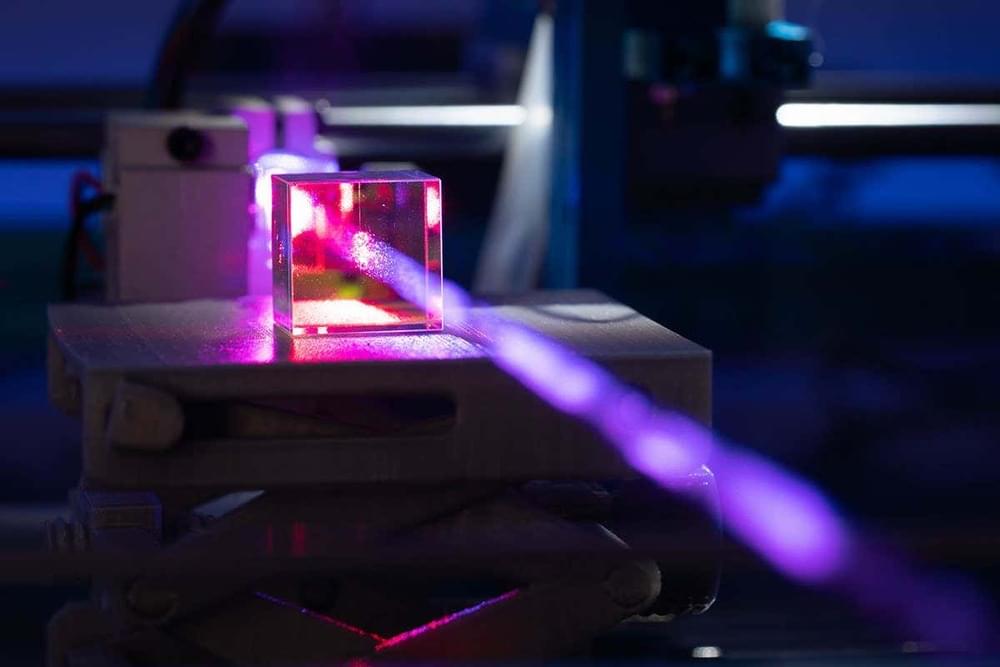

From cyborgs to the Sugababes, IT expert Robert Anderson talks about a world where the line between humans and machines becomes blurred. Drawing on his personal experiences of facing prejudices and bigotry while growing up, he shares his insight on how we can avoid repeating the mistakes of the past in order to create a society where humans and transhumans can live together in an open and equal manner. He urges us to take action now because as he says, “Transhumanism is coming and it’s coming sooner than you think. We cannot afford to have the fear of the other rule this world.“
Robert Anderson has been interested in how technology can improve humans’ lives ever since he can remember. He started programming computers at age 10 and has been working in IT for the past 20 years with blue-chip companies to develop IT strategies and roadmaps.
Robert says he likes how ‘TEDxFolkstone cares about developing a group of people who are speakers, not just about people who are doing TED talks.’
He lives in Ashford and is happily married with four children who are ‘a delight to be around’. This talk was given at a TEDx event using the TED conference format but independently organized by a local community.

DARPA looks to build on previous success in radio frequency power output with new transistor-focused THREADS program.
“Radar capabilities are essential to countless mission-critical functions, from navigation to weather-tracking to comms and more. Solving thermal challenges could unlock the power to leap ahead – that’s the goal of our new THREADS program. Details: https://www.darpa.mil/news-events/2022-11-23”

I had many ideas on how to improve Twitter, and a communication paradigm was one. The iPhone changed phones, and was a device. Twitter has no device to add to its portfolio. People have no desire to add products to Twitter portfolio to boost revenues. iPhone revenue surpassed computers, therefore it is very easy for Twitter to develop its portfolio to include better more reliable forms of revenue than advertising. A device can make a lot of money if it is a “paradigm” like an iPhone that completely changed our understanding of what a phone can be.
In 1943, Thomas Watson, the president of IBM, famously predicted the world market for computers would top out at “maybe five” of the machines. He was wrong – you likely have more than that in your own house, let’s face it – but at the time, it made sense. After all, if computers were still gigantic, vacuum-tube-powered addition machines, you probably wouldn’t want more than about five either.
It’s a similar story with holograms. Even back in the 1990s, more than 40 years after Dennis Gabor first came up with the idea of using wavefront interference to reconstruct images in three dimensions, science fiction was still assuming the need for entire decks and suites to power our holographic adventures.
In fact, they can run on a smartphone.
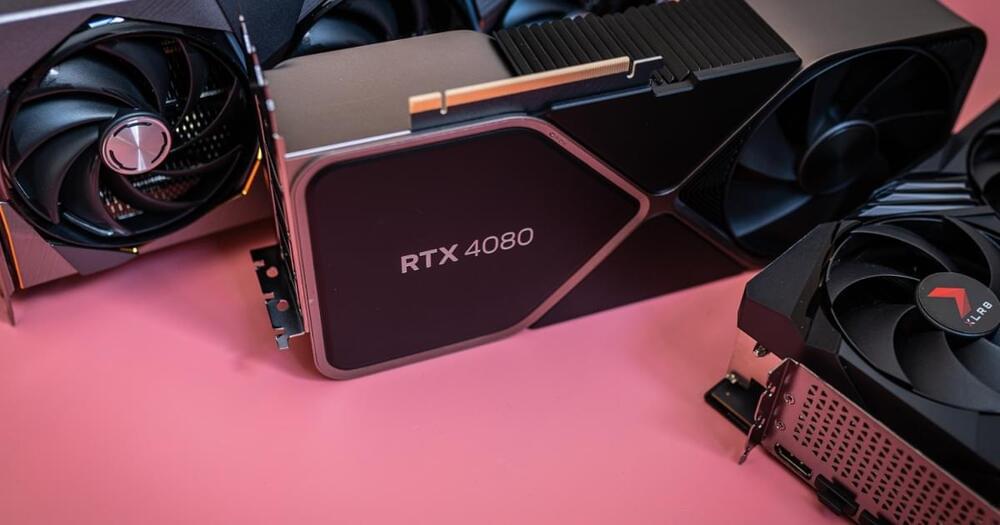
As far as scores go, the laptop version of the RTX 4,080 scored 178,038 points. The Geekbench OpenCL database shows that the average score for an RTX 3,080 Ti laptop GPU is 136,008, and for an RTX 3,080 — 125,425. This means that the upcoming RTX 4,080 may be up to 30% faster than the last-gen RTX 3,080 Ti and up to 42% faster than its predecessor, the RTX 3080.
These scores certainly bode well for the mobile iteration of the RTX 4080. In its desktop version, the card is certainly powerful, but the RTX 4,090 is often a better deal due to the way these cards are priced.
Rumor has it that Nvidia will have several new products up its sleeve, set to come out early in the new year. The desktop RTX 4,070 Ti, which may just be the previously “unlaunched” RTX 4,080 12GB, is said to make an appearance. We may also learn more about upcoming laptop GPUs. Stay tuned for more news during Nvidia’s CES 2023 keynote on January 3.

TMCs are responsible for all aspects of data generation from tissue collection and analysis to data integration and interpretation. We anticipate that TMCs will acquire and integrate imaging and omics data to benchmark, standardize and validate SnC maps at single-cell resolution for their assigned tissues. The TDA sites are responsible for development of innovative, new approaches and tools necessary to deeply phenotype SnCs in human tissues and model systems. Examples include multi-omics characterization of the 4D nucleome in SnCs, high-throughput quantification of telomere-associated foci, and in vivo detection of SnCs via positron emission tomography imaging. Once developed, these new technologies are expected to be applied broadly and collaboratively across multiple tissues by the TMCs. The CODCC will collect, store and curate all data and metadata generated by the TMCs and TDA sites. The CODCC is responsible for generating the computational models, and final atlas products as well as the tools to visualize and disseminate the data as a resource for the broad scientific community.
It is expected that SenNet will interface with other cell mapping programs such as Human Bimolecular Atlas Program (HuBMAP), Human Cell Atlas (HCA) and the Kidney Precision Medicine Project (KPMP). HuBMAP is an NIH Common Fund Initiative to develop the resources and framework to map the 30 trillion cells that make up the human body using protein identifiers of cell lineage. HCA is using single-cell and spatial transcriptomics to create cell reference maps defining the position, function and characteristics of all cells in the human body. The KPMP is an initiative of the National Institute of Diabetes and Digestive and Kidney Diseases (NIDDK) aimed at using state-of-the-art and emerging technologies to characterize renal biopsies from participants with acute kidney injury or chronic kidney disease to enable personalized approaches to their treatment.
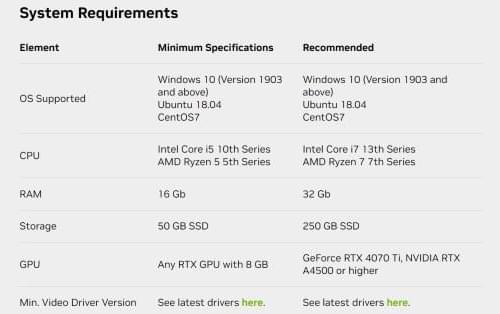
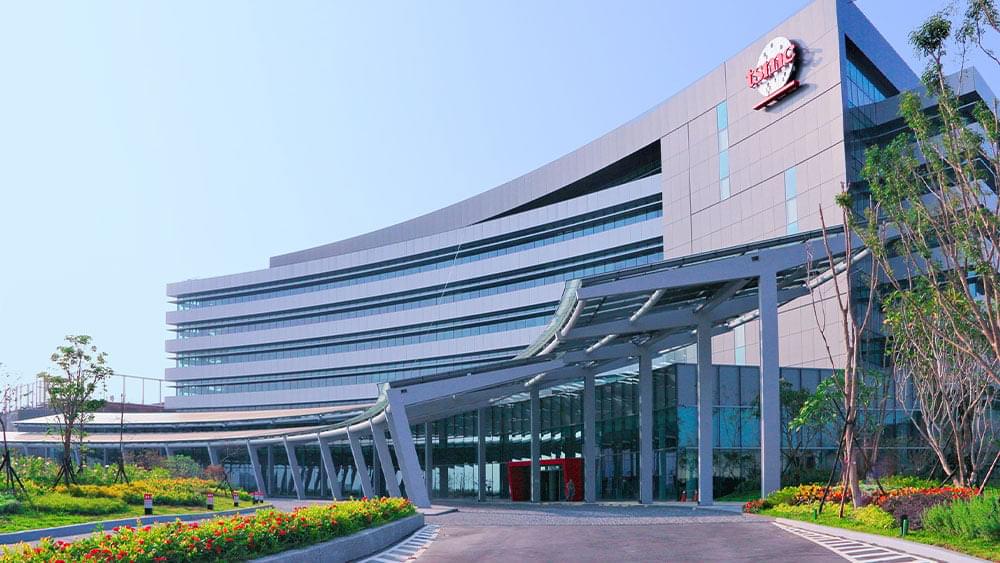
Brain computer interface. People even so called experts are so narrow they have lobotimized their vision.
Share your videos with friends, family, and the world.
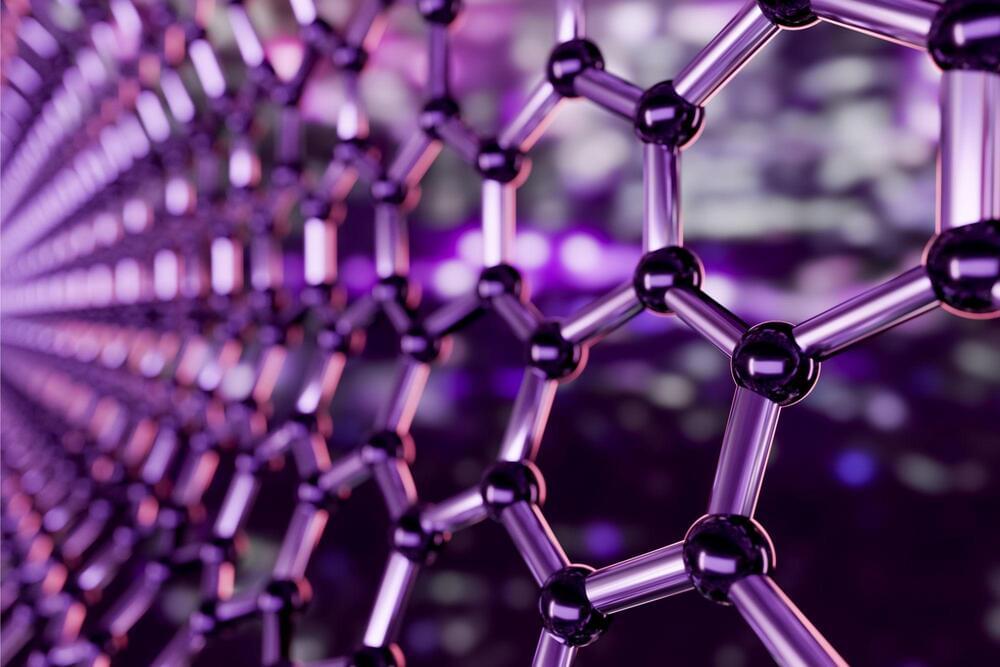
Researchers have finally succeeded in building a long-sought nanoparticle structure, opening the door to new materials with special properties.
Alex Travesset does not have a sparkling research lab stocked with the most cutting-edge instruments for probing new nanomaterials and measuring their unique properties.
Instead of using traditional laboratory instruments, Alex Travesset, a professor of physics and astronomy at Iowa State University and an affiliate of the U.S. Department of Energy’s Ames National Laboratory, relies on computer models, equations, and figures to understand the behavior of new nanomaterials.